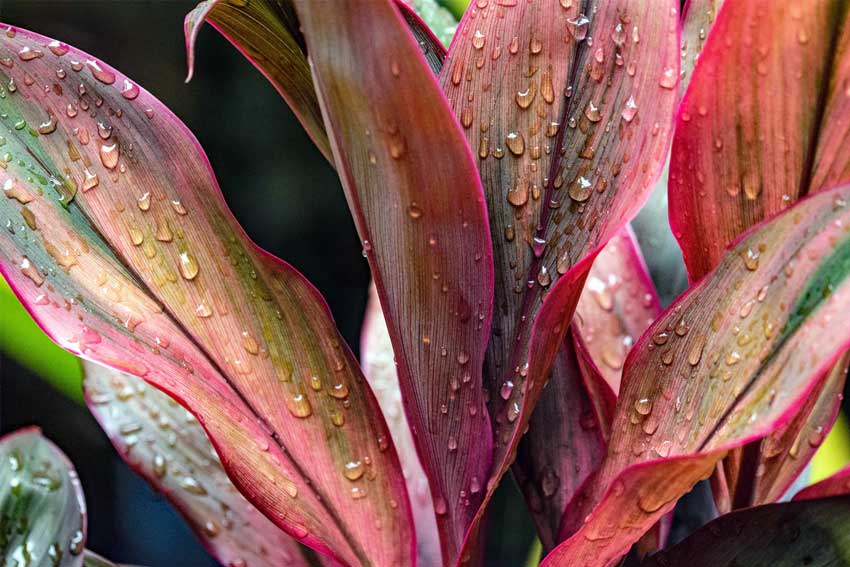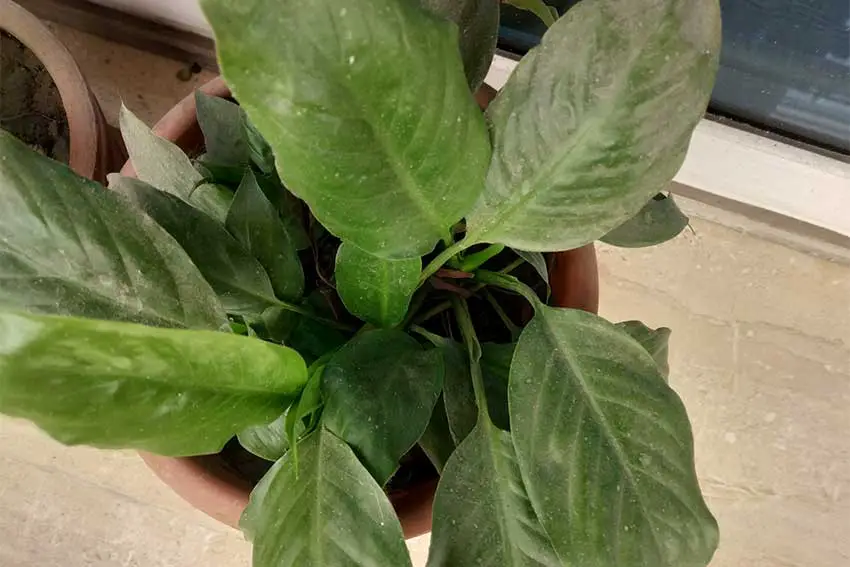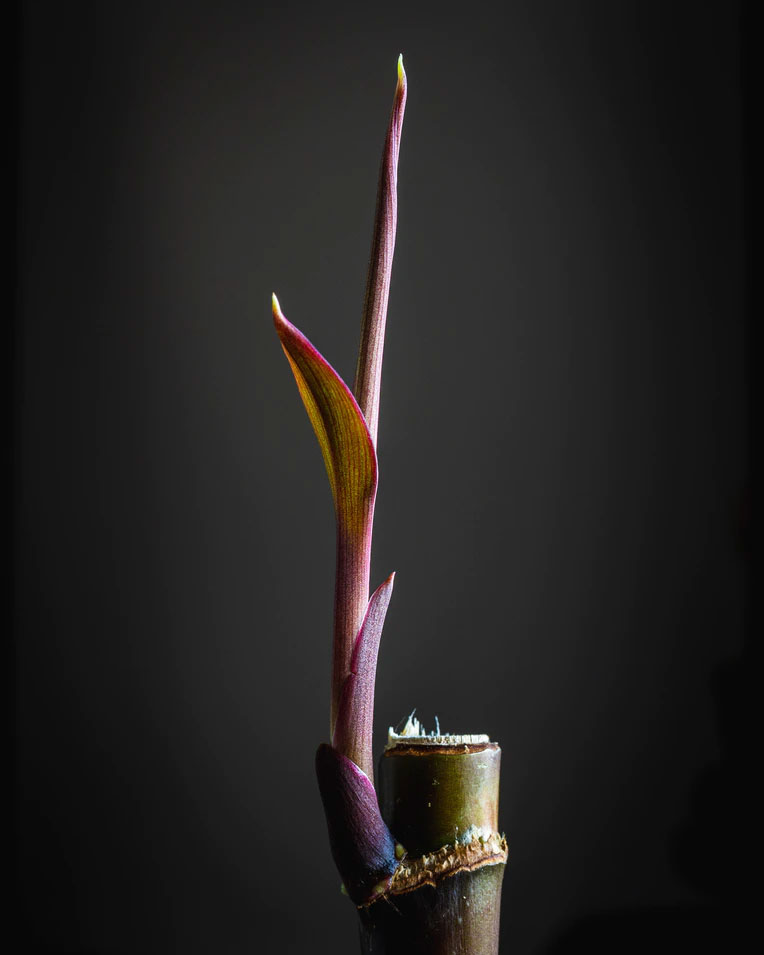Cordyline can be grown both outdoors and indoors. Typically, it is cultivated for its attractive leaves, which may be green, crimson, purple, or purple-red. So, if your plant is not in a good health then you should know how to revive a dying cordyline.
Well, there might be several reasons why your cordyline plants are dying such as overwatering, over-exposure to light, etc. So, if you want to revive your plant first of all you have to monitor if there is any sign of ailment.
Then take safety steps according to it. If your plant is dying and you don’t know what to do or not, we’re here to help you out. Let’s walk with us to reveal the facts regarding cordyline australis revival from cordyline plant care.
Everything You Should Know About How to Revive A Dying Cordyline

Before you go on saving the dying cordyline it’s important to know the reasons why are your cordyline plants dying.
5 Main Causes for the Death of Cordylines
Prior to starting any steps regarding revival, the first thing you have to check is whether there is any sign of life or not.
Sometimes people start doing different types of things to bring back cordyline to life but it’s too late. So, do the right things at the right time.
1. Less Hydration of Cordylines
One of the major reasons for any plant dying is less hydration or lack of proper watering. Moreover, in the summer this situation happens the most as the weather is also becoming dehydrating.
One of the important things to remember about these plants is that the baby cordyline required regular watering for up to 1 year to 14 months until they start to develop themselves. But it is unlikely that mature Cordylines growing outside would need watering unless there is a prolonged dryness.
With that being said, one of the alarming signs of your plant is not getting enough water if the edges started to get brown. That means proper watering might help them to revive.
2. Overhydration
If your cordyline has died, overwatering might be a possible explanation. This is more common while growing cordylines in containers like growing parsnips. Plants resting in water become a dismal shade of yellow, then droop and eventually turn brown as a result of the excess moisture. This is a certain sign that it is nearing its end.
3. Damaged by Cold
Even mature cordylines are susceptible to frost damage, which may destroy the top of the plant and leaves just keeping the stem. Remove the dead foliage and watch to see whether new growth emerges from the crown.
If it hasn’t before the end of the summer, you should trim it down to where your fingers feel stiff and rigid. You may use the same method on your container plants, but keep in mind that they will likely send out new growth from the base again.
If you have a cordyline in a container or your garden is not too huge, you may help safeguard the plant over the winter. The crown will be better protected from the cold if the leaves are tied together with twine throughout the winter.
Smaller cordylines may be winterized in a cold greenhouse or protected from frost by covering them with horticultural fleece.

4. Overexposure to The Sun
When cordyline plants are exposed to too much sunshine, the leaves will become yellow. It’s common for this to occur when a plant is abruptly transferred from an indoor to an outside setting.
Sunshine brings out the plant’s vibrant hues. The plant suffers greatly from overexposure to sunshine. Give the plant a lot of indirect light.
You should gradually introduce the plant to outside circumstances before transplanting it.
5. Pests Invasion on Cordylines
Even sometimes people thought that their cordyline might be died by noticing the brown leaves and stem but in reality that’s not the situation because the root might survive.
That’s why you have to check your plant thoroughly from up to bottom to see if there is any sign of green left in the plant.
To ensure the plant’s demise is not caused by an infection, you should also look for any evidence of pests or illnesses. If pests and illnesses are behind the damage, this may generally be remedied with a basic insecticide.
How to Revive A Dying Cordyline Through Cordyline Plant Care

After taking measuring steps on reviving the plant here’s how you can take care afterward. There are different ways you can implement to revive your plant. Here are some tips to care for the cordyline plants to protect them from dying.
1. Watering Well
If the cordyline plants show any sign of dehydration, watering is necessary immediately. You should water in a way that the topmost soil level should be dry but the compost level underneath the soil should remain moist. Put water in this way for several days and check if you find any improvement in the growth.
In case of overwatering, the recommendation is to cease watering your cordyline soon. Allow the soil surface to dry out in between waterings after you resume watering, as this will help the soil dry out a little. To give the plant a new start, you might alternatively re-pot it in a different container.
2. Proper Light for Cordyline
Cordyline flourishes in bright environments. However, although it may tolerate little shade, it thrives best in full sunshine.
Pick a location outside that receives just a little amount of shadow if you plan on developing it. A position near a window or greenhouse that receives plenty of sunlight would be excellent if you want to grow it indoors.
Cordyline enjoys bright indirect light but should not be placed in direct sunlight as this will cause the leaves to lose their vivid hues (like the olive trees losing their leaves).
3. Maintaining pH Level
Cordylines like slightly acidic to neutral soil, with a pH between 6.6 and 8.0, for optimal growth.
Having the soil tested is an excellent idea if you aren’t sure about the pH level. Easily accessible and inexpensive pH tester probes may be purchased at a garden store or an internet vendor.
Aluminum sulfate, soil sulfur, or chelated iron may all be added to the soil to lower its pH, while organic compost can do the same for a higher acidity level. If the soil’s pH is too low, you may raise it by mixing in some pelletized limestone.
3. Regular Fertilizing the Cordyline Plants
Applying a well-balanced, slow-release fertilizer like the citrus type, at the beginning of the spring growing season can help assure a healthy cordyline plant, even if it doesn’t need particularly rich soil.
During the summer, when cordyline growth is at its peak, you may give it an additional dose of liquid fertilizer if you wish.
Liquid fertilizer should be used once per month from late spring to late summer for plants grown in containers (same as onions).
A short video on this amazing house plant cordyline:
Frequently Asked Questions on a Dying Cordyline
What can you do about the browning of the leaves on my cordyline?
You may trim off the browning tips and any lower leaves that have withered away towards the end of summer. However, when winter approaches, it is recommended to cover the whole plant with botanical fleece if a greenhouse is not an option as cordylines are easily harmed by cold weather.
How long do cordyline australis last?
If you care for the cordylines well, horticulture plants may live 20 to 50 years. But the wild cordyline trees may live several hundred years.
How much sun or shade do cordylines need?
Cordylines from the tropics and subtropics may survive in partial shade, but they may wilt if they get too much shade. To thrive, they need consistent hydration and soil that drains properly, although they may survive times of drought. They will need shelter from the wind.
What is the major sign of dying cordyline plants?
Discolored leaves and unusual leaf size are two primary signs. Then foliage may drop down and may die the entire plant.
How long does it take a cordyline to reach maturity?
If given ideal circumstances, a horticulture plant may survive for up to 50 years. It is not unusual to see cordylines that are 20 years old or older in well-established nurseries.
Cordyline takes around four years to mature from a stem cutting, and another fifteen to twenty years to build a trunk and become a tree.
Are cordylines simple to cultivate?
It is not difficult or complicated to provide adequate care for these plants whether they are kept inside or outdoors. However, they need a lot of heat and light.
Conclusion on Reviving a Dying Cordyline
How to revive a dying cordyline? Basically, proper watering and lighting will be good enough to revive your dying cordyline. Moreover, maintaining the pH of the soil and applying the right fertilizer (which includes the green types too) will give the right health to cordylines.
If you notice something odd to your cordyline plant that might kill the plants don’t wait too long and take immediate steps soon. And take proper care of your cordyline australis plant to avoid any upcoming diseases.
A good video on cordyline growing tips:

I’m Shofi, a passionate gardener and blogger. I have 10+ years of experience in gardening and hold certifications in horticulture and garden design. I share my knowledge and skills through my garden blog to inspire and educate others on the joys of gardening. I try to provide valuable information and create a community for gardeners of all levels to connect and learn. My ultimate goal is to inspire others to start their own gardens and connect with nature.

